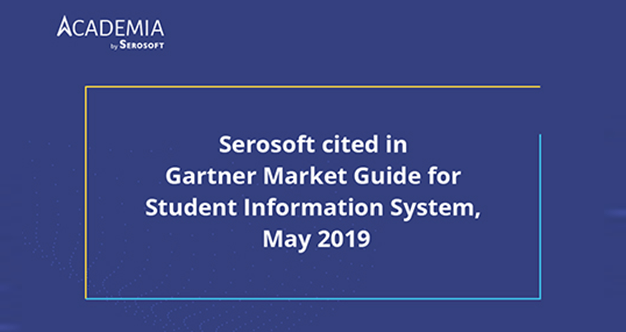The Comprehensive Guide to Selecting the Ideal Student Information System Software
Introduction
In today’s fast-paced digital era, schools and educational institutions continually seek efficient ways to manage administrative tasks and streamline operations. One of the critical tools that have revolutionized the education industry is Student Information System (SIS) software. A robust SIS solution can simplify and automate various processes, making life easier for educators, students, and administrators. In this ultimate guide, we’ll explore the essential features to consider when selecting the perfect Student Information System software for your institution.
- User-Friendly Interface
The first criterion to consider when selecting an SIS is its user interface. A well-designed, intuitive interface ensures that users can quickly adapt to the software regardless of their technical proficiency. The ideal SIS should include clear navigation menus, easily accessible tools, and a visually appealing layout. Moreover, the software should support multiple languages to cater to the diverse linguistic needs of users.
- Customization and Scalability
Every educational institution has unique requirements, and an effective SIS should offer the flexibility to customize various aspects of the software. Whether modifying the grading system, adding custom fields, or tailoring the communication channels, customization ensures that the SIS is tailored to your institution’s needs.
Scalability is another critical aspect to consider. As your institution grows, so should the software. A scalable SIS can quickly adapt to increasing student numbers, faculty members, and administrative workloads without impacting performance.
- Comprehensive Reporting and Analytics
Data-driven decision-making is vital in improving your institution’s performance. A robust SIS should provide comprehensive reporting and analytics tools to help administrators and educators gain insights into student performance, attendance, and other relevant metrics. This approach enables them to identify trends, detect problems, and make informed decisions to enhance the learning experience.
- Integration and Compatibility
An effective SIS must integrate seamlessly with other software solutions used by your institution, such as Learning Management Systems (LMS), financial management software, and communication tools. This approach ensures a smooth flow of information between various platforms, minimizing data redundancy and improving overall efficiency. The SIS should also be compatible with multiple devices, such as desktops, laptops, tablets, and smartphones, to provide a consistent user experience across different platforms.
- Data Security and Privacy
Data security and privacy are paramount when dealing with sensitive student information. A reliable SIS should have robust security features, such as encryption, secure login protocols, and regular data backups to safeguard your institution’s data from potential breaches. The software should also comply with relevant data protection regulations, such as the Family Educational Rights and Privacy Act (FERPA) and the General Data Protection Regulation (GDPR).
- Cloud-Based vs. On-Premise Solutions
When choosing an SIS, you must decide between a cloud-based or on-premise solution. Cloud-based SIS offers numerous advantages, such as lower upfront costs, automatic updates, and remote accessibility. However, if your institution has strict data security requirements or prefers complete control over the software, an on-premise solution might be more suitable.
- Customer Support and Training
Lastly, consider the level of customer support provided by the SIS vendor. A responsive and knowledgeable support team can help resolve issues quickly and ensure the smooth functioning of the software. Additionally, the vendor should offer comprehensive training resources, such as user manuals, video tutorials, and webinars, to help users get up to speed with the software.
Conclusion
Finding the best Student Information System software for your institution can be daunting. Still, by considering the factors outlined in this guide, you can make an informed decision that will ultimately improve the efficiency and effectiveness of your educational institution. Remember the importance of a user-friendly interface, customization and scalability, comprehensive reporting and analytics, integration and compatibility, data security and privacy, cloud-based vs. on-premise solutions, and customer support and training when evaluating potential SIS solutions.
By carefully assessing your institution’s specific needs, priorities, and budget, you can find the perfect SIS software that will streamline your operations, improve student outcomes, and foster an environment of collaboration and innovation. With the right SIS in place, you can focus on what matters most—providing a high-quality education for your students and supporting their growth and success. So, embark on your journey to find the best Student Information System software today and witness its transformative impact on your institution’s future.
Related Posts:
 Higher Ed Plans
Higher Ed Plans K12 Plans
K12 Plans










